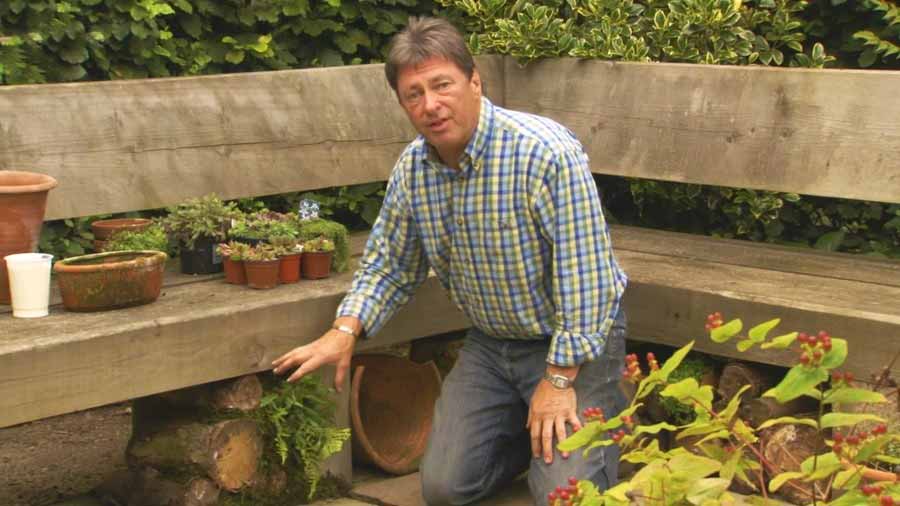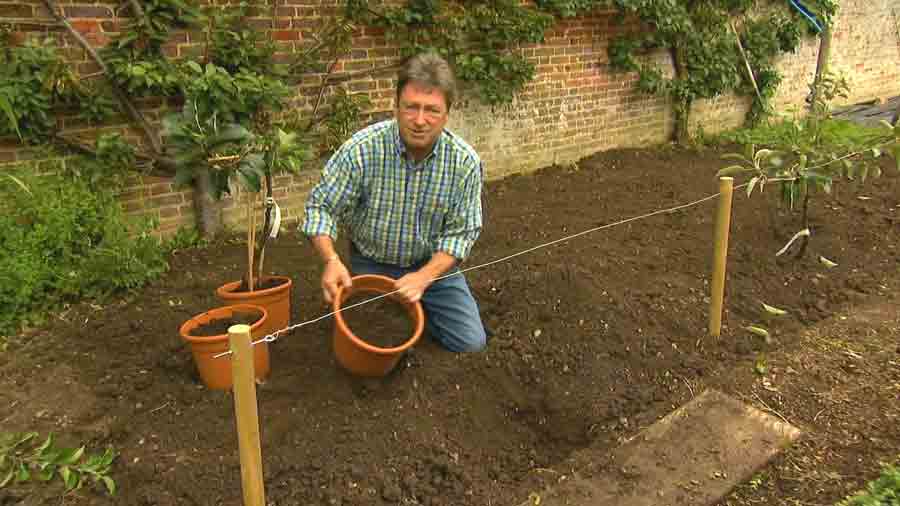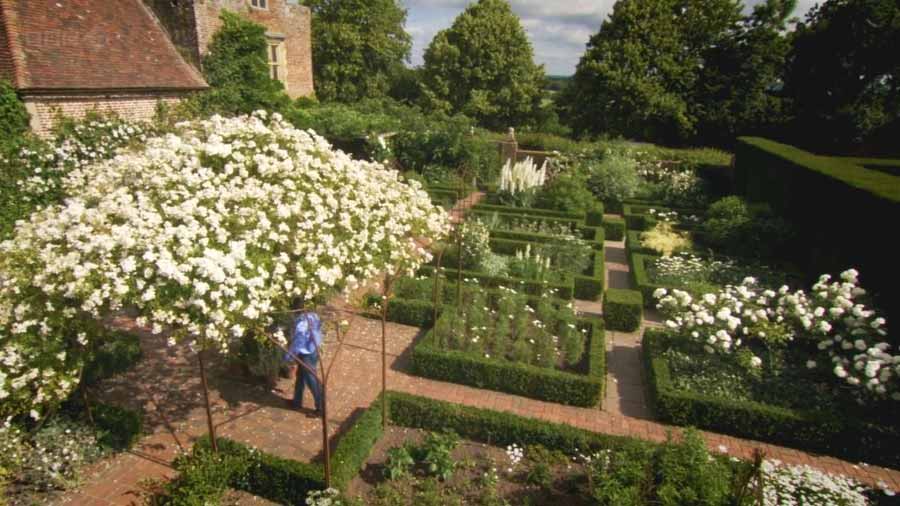Alan Titchmarsh’s Garden Secrets – 18th Century episode 2: Alan Titchmarsh explores Britain’s great gardens. In this edition, he looks at Stowe in Buckinghamshire, an example of a design by the 18th-century landscape movement.
Alan Titchmarsh presents a stunning series that reveals the amazing secrets behind Britain’s great gardens, examining how they continue to influence gardeners, including himself, today.
Few gardening movements can match the impact of the 18th-century landscape movement, and Stowe in Buckinghamshire is one of the most important examples of their revolutionary designs. Here, we find a rejection of the rigid formality of the previous century and an embracing of nature, no matter what the ecological cost.
Alan Titchmarsh’s Garden Secrets – 18th Century episode 2
Alan demonstrates how they ‘borrowed’ views, manipulating the landscape to draw the eye to certain features. Creating a focal point is now a staple of modern garden design and Alan shows how it can accentuate a garden’s best bits and also be used to hide things.
Designers such as Bridgeman at Stowe were the first to sculpt huge areas of lawn, and Alan meets Kim Wilkie, who is creating his own modern version of this type of lawn at Boughton Park. And Alan shows how the landscape movement pioneered the meandering path and placed statues and buildings in key places, ageing them deliberately to fit with the landscape. Alan shares his own tips on ageing, and how to recreate this type of ‘set dressing’ in a garden.
Stowe House
Stowe House is a grade I listed country house in Stowe, Buckinghamshire, England. It is the home of Stowe School, an independent school and is owned by the Stowe House Preservation Trust who have to date (March 2013) spent more than £25m on the restoration of the house. Stowe House is regularly open to the public. The gardens (known as Stowe Landscape Gardens), a significant example of the English garden style, along with part of the Park, passed into the ownership of The National Trust in 1989 and are open to the public. The parkland surrounding the gardens is open 365 days a year.
National Trust members have free access to the gardens but there is a charge for all visitors to the house which goes towards the costs of restoring the building. The gardens and most of the parkland are listed grade I separately from the House.



